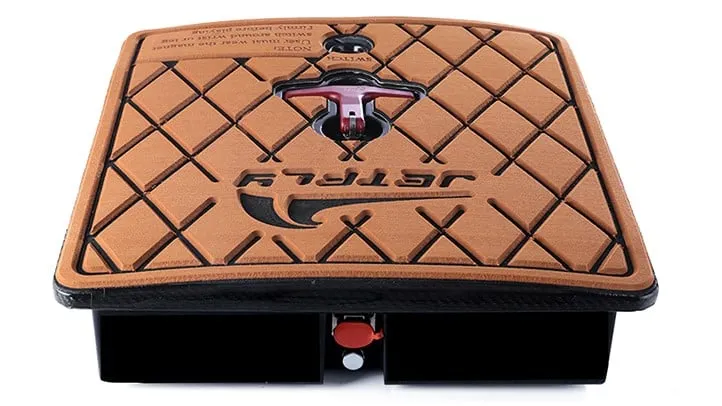How do electric surfboards work?
Electric surfboards work by using a motorized propulsion system, typically powered by a rechargeable battery, to glide across the water. Unlike traditional surfboards that rely on waves for movement, electric surfboards allow riders to surf on flat water or in calm conditions. Here's a detailed breakdown of how they work:
Key Components of an Electric Surfboard
Board Body:
Designed for buoyancy and stability.
Made from lightweight materials like carbon fibre, fibreglass, or composites for strength and manoeuvrability.
Electric Motor:
Provides the propulsion needed to move the board across the water.
Usually a jet-drive system (similar to a jet ski) for efficiency and reduced drag.
Battery:
A lithium-ion battery powers the motor, typically offering 30–120 minutes of runtime depending on capacity and usage.
Detachable for recharging and often waterproof to protect against damage.
Controller/Remote:
A handheld wireless remote controls the speed and sometimes the mode (e.g., eco or turbo).
Allows the rider to accelerate, decelerate, or stop.
Cooling System:
Some boards feature water-cooled systems to prevent the motor and battery from overheating during use.
Fins and Hydrofoil (Optional):
Many boards have fins to improve stability and tracking in the water.
Hydrofoil boards (e-foils) use a mast and wing to lift the board above the water, reducing drag and increasing efficiency.
How They Operate
Power Up:
The battery is charged and installed in the board. Riders secure it and connect the safety leash, which often serves as a kill switch.
Mounting the Board:
Riders start by lying or kneeling on the board, then gradually stand up as they gain balance.
Acceleration and Steering:
Using the remote, riders control the speed of the motor.
Steering is done by shifting body weight, similar to traditional surfing.
Propulsion:
The motor drives water through a jet propulsion system or propeller, creating thrust that moves the board forward.
Speed and power depend on the board’s motor strength, battery capacity, and rider input.
Advantages of Electric Surfboards
No Dependence on Waves:
Can be used on lakes, rivers, and calm seas.
Customisable Speeds:
Suitable for both beginners and advanced riders.
Eco-Friendly Options:
Electric models are quieter and have zero emissions compared to fuel-based alternatives.
Versatility:
Can be used for high-speed thrills, leisurely cruising, or fitness training.
Maintenance Tips
Battery Care: Avoid letting the battery fully drain and always store it in a cool, dry place.
Cleaning: Rinse the board with fresh water after each use, especially in saltwater.
Inspections: Regularly check for wear on the motor, seals, and fins to ensure optimal performance.






